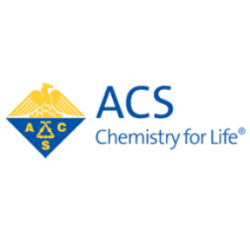Students investigate weather-related phenomena including the cause of rain, evaporation, snow, and wind. Students also explore how a coat helps us stay warm in the cold and how blocking the sun to make a shadow causes the temperature to decrease.
Why do puddles dry up?
Students make a one-drop puddle on their hand and observe the water evaporate to investigate the question: Why do puddles dry up?
Objective
Students will be able to explain that puddles dry up because tiny particles of water (water molecules) break away from the puddle and go into the air. Students will be able to explain that the water from the puddle that went into the air can become part of a cloud and come back down as rain and make a new puddle. This process is known as the water cycle.
Key Concepts
- When a puddle dries up, tiny particles of water break away from the liquid in the puddle and go into the air.
- The tiny water particles are called water molecules.
- Water on the ground goes into the air, becomes part of a cloud, and comes back down to Earth as rain.
NGSS Alignment
- K-ESS2-1: Use and share observations of local weather conditions to describe patterns overtime.
The activities in this lesson focus on what makes a puddle dry up after it rains. Students make the connection and see the pattern of the warming effect of the sun causing puddles to dry up faster.
Summary
- Students watch a video of a puddle drying up and have a class discussion about where they think the water goes when it seems to disappear.
- Students investigate a one-drop “puddle” in the palm of their hand.
- Students see an animation of water evaporating from a puddle and forming water droplets in a cloud.
- Students then compare a water drop evaporating from the palm of their hand to one evaporating from the surface of a desk or table.
Evaluation
There is no formal student activity sheet or assessment for this lesson. To evaluate student understanding, use your usual methods of interacting with students, asking questions, and discussing ideas with students as they participate in the different parts of the lesson.






